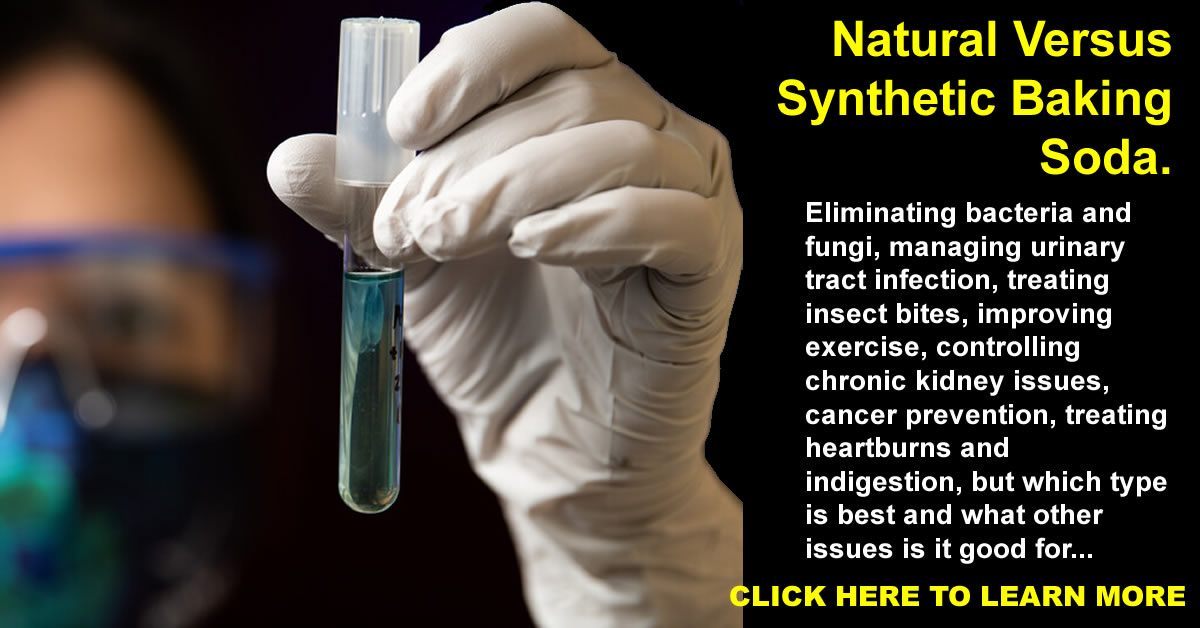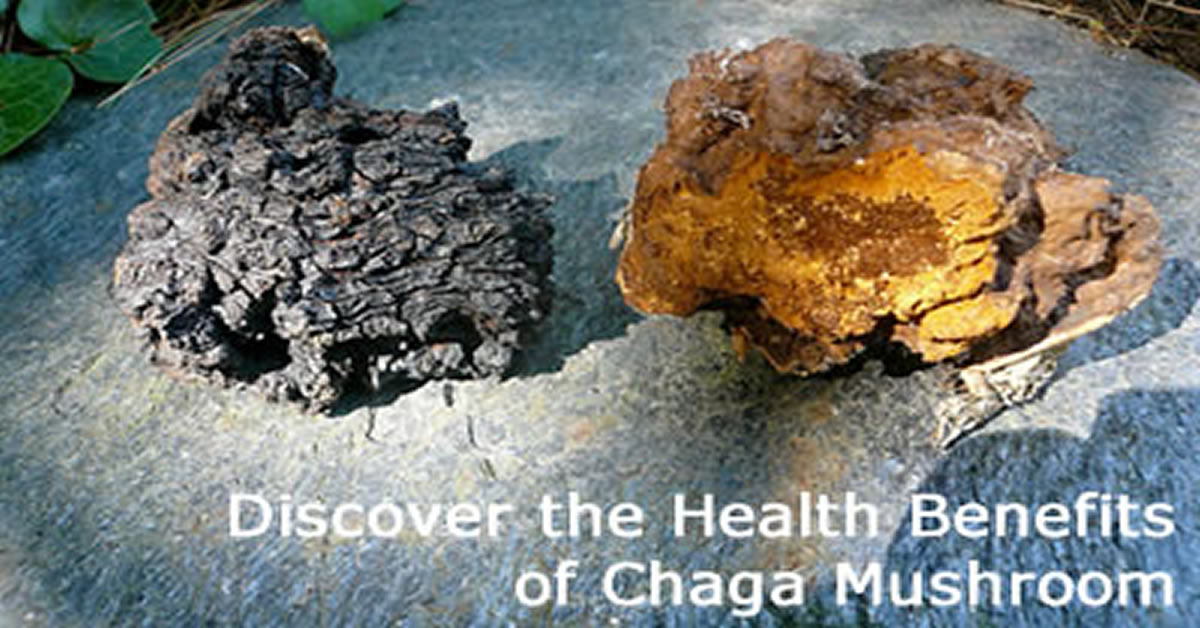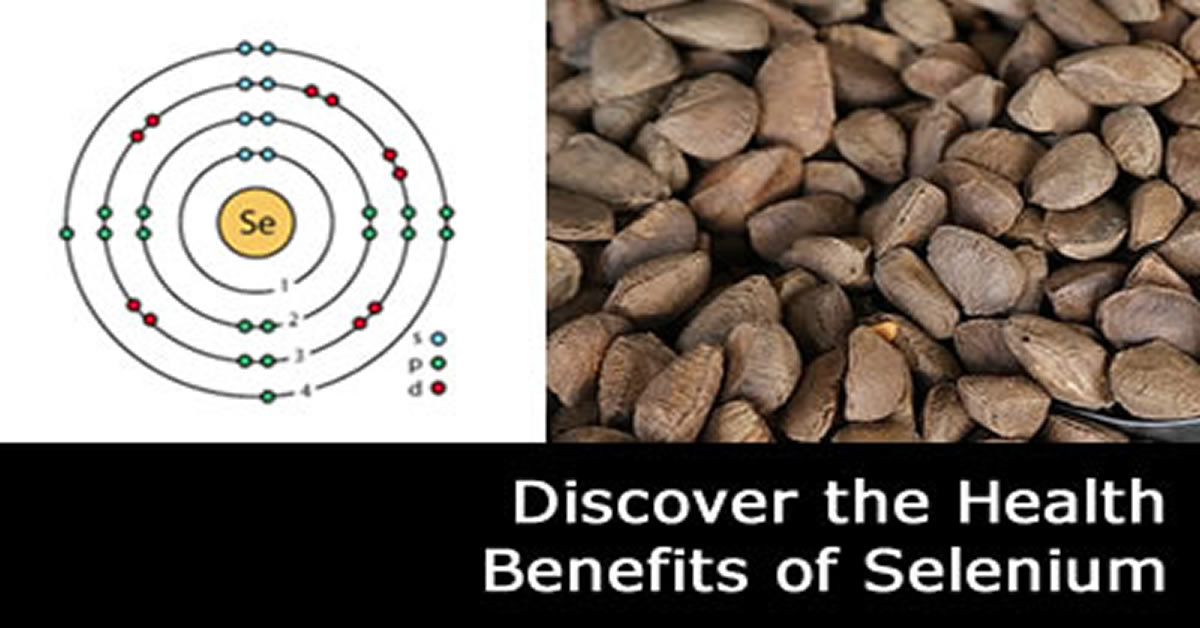
Licorice
Licorice, also known as Glycyrrhiza glabra, is a herbaceous plant native to southern Europe and parts of Asia. It has been used for centuries in traditional medicine and culinary applications due to its unique flavor and potential health benefits. In this extensive article, we will explore the history, potential health benefits, efficacy, safety, immune-boosting properties, and how to prepare and consume licorice.
 History of Licorice: Licorice has a rich history dating back thousands of years. It was first documented in ancient Egyptian, Chinese, and Indian texts for its medicinal properties. The Greek physician Hippocrates even mentioned it in his writings. Throughout history, licorice has been used to treat various ailments, including digestive issues, respiratory conditions, and skin problems.
History of Licorice: Licorice has a rich history dating back thousands of years. It was first documented in ancient Egyptian, Chinese, and Indian texts for its medicinal properties. The Greek physician Hippocrates even mentioned it in his writings. Throughout history, licorice has been used to treat various ailments, including digestive issues, respiratory conditions, and skin problems.
In traditional Chinese medicine (TCM), licorice is a commonly used herb, often referred to as “gan cao.” It is valued for its ability to harmonize and enhance the effects of other herbs in herbal formulations.
Active Compounds and Chemical Composition: Licorice contains several bioactive compounds, with glycyrrhizin being the most well-known. Glycyrrhizin is a sweet-tasting compound that is about 50 times sweeter than sucrose (table sugar). However, it is also associated with some potential health concerns, as we will discuss later.
Other important compounds found in licorice include flavonoids, coumarins, and various antioxidants. These compounds contribute to licorice’s potential health benefits.
Potential Health Benefits: Licorice has been studied for its potential health benefits, although it’s essential to note that individual responses may vary. Some of the potential benefits of licorice include:
- Digestive Health: Licorice has been used traditionally to relieve digestive discomfort, including heartburn[i], ulcers[ii] and indigestion[iii]. It may help by promoting mucus production in the stomach lining, providing a protective barrier against stomach acid.
- Respiratory Support: Licorice root is used in herbal remedies for respiratory conditions like coughs and bronchitis. Its anti-inflammatory and soothing properties may help alleviate symptoms[iv].
- Anti-Inflammatory: Licorice contains compounds with anti-inflammatory properties, which may be beneficial in managing inflammatory conditions such as arthritis[v].
- Immune Boosting Properties: Licorice has been studied for its potential to support the immune system. Some research suggests that certain compounds in licorice may enhance immune function[vi].
- Skin Health: Topical licorice extracts are used in skincare products for their potential to lighten dark spots and soothe irritated skin[vii].
Efficacy and Safety: While licorice offers potential health benefits, it’s essential to be aware of its safety and limitations:
- Glycyrrhizin Concerns: Glycyrrhizin, a compound in licorice, can lead to an increase in blood pressure and sodium retention when consumed in large quantities. Excessive consumption of licorice, especially in the form of licorice candy or supplements, can be harmful.
- Interaction with Medications: Licorice can interact with certain medications, including blood thinners, blood pressure medications, and diuretics. If you’re taking these medications, consult a healthcare professional before using licorice as a supplement.
- Pregnancy and Nursing: Pregnant and nursing women should use licorice cautiously, as excessive consumption may have adverse effects.
- Licorice Candy vs. Licorice Root: Licorice candy often contains very little actual licorice root and may have artificial flavors and sweeteners. It’s not a suitable source for the potential health benefits of licorice.
- Dosage and Form: When considering licorice supplements, it’s crucial to follow recommended dosages and consult a healthcare provider for guidance.
How to Prepare and Consume Licorice: Licorice can be consumed in various forms, depending on your preferences and intended use:
- Licorice Tea: Licorice root tea is a popular and easy way to enjoy its potential benefits. Steep licorice root slices or tea bags in hot water for a soothing and naturally sweet beverage.
- Licorice Powder: Licorice root is available in powdered form, which can be used to make herbal infusions, added to smoothies, or used in cooking and baking.
- Chewing Licorice Root: Some people enjoy chewing licorice root sticks as a natural way to freshen their breath and satisfy sweet cravings. However, it’s essential to do this in moderation to avoid excessive glycyrrhizin intake.
- Topical Products: Licorice extracts are used in skincare products, including creams and serums, to address various skin concerns.
Conclusion: Licorice is a versatile herb with a long history of use in traditional medicine and culinary applications. It offers potential health benefits, particularly in supporting digestive and respiratory health, as well as having anti-inflammatory and immune-boosting properties. However, it’s crucial to use licorice in moderation and be aware of potential interactions and side effects, especially related to glycyrrhizin content. As with any herbal remedy, it’s advisable to consult with a healthcare professional before incorporating licorice into your healthcare regimen, particularly if you have underlying health conditions or are taking medications. Enjoy licorice responsibly to make the most of its potential benefits while ensuring your safety and well-being.
[i] Di Pierro F, Gatti M, Rapacioli G, Ivaldi L. Outcomes in patients with nonerosive reflux disease treated with a proton pump inhibitor and alginic acid ± glycyrrhetinic acid and anthocyanosides. Clin Exp Gastroenterol. 2013;6:27-33. doi: 10.2147/CEG.S42512. Epub 2013 Mar 27. PMID: 23569394; PMCID: PMC3615700. https://www.ncbi.nlm.nih.gov/pmc/articles/PMC3615700/
[ii] Murray MT. Glycyrrhiza glabra (Licorice). Textbook of Natural Medicine. 2020:641–647.e3. doi: 10.1016/B978-0-323-43044-9.00085-6. Epub 2020 Jul 10. PMCID: PMC7348626. https://www.ncbi.nlm.nih.gov/pmc/articles/PMC7348626/
[iii] Murray MT., et al Id.
[iv] Wahab S, Annadurai S, Abullais SS, Das G, Ahmad W, Ahmad MF, Kandasamy G, Vasudevan R, Ali MS, Amir M. Glycyrrhiza glabra (Licorice): A Comprehensive Review on Its Phytochemistry, Biological Activities, Clinical Evidence and Toxicology. Plants (Basel). 2021 Dec 14;10(12):2751. doi: 10.3390/plants10122751. PMID: 34961221; PMCID: PMC8703329. https://www.ncbi.nlm.nih.gov/pmc/articles/PMC8703329/
[v] Yang R, Yuan BC, Ma YS, Zhou S, Liu Y. The anti-inflammatory activity of licorice, a widely used Chinese herb. Pharm Biol. 2017 Dec;55(1):5-18. doi: 10.1080/13880209.2016.1225775. Epub 2016 Sep 21. PMID: 27650551; PMCID: PMC7012004. https://www.ncbi.nlm.nih.gov/pmc/articles/PMC7012004/
[vi] Ayeka PA, Bian Y, Githaiga PM, Zhao Y. The immunomodulatory activities of licorice polysaccharides (Glycyrrhiza uralensis Fisch.) in CT 26 tumor-bearing mice. BMC Complement Altern Med. 2017 Dec 15;17(1):536. doi: 10.1186/s12906-017-2030-7. PMID: 29246138; PMCID: PMC5732493. https://www.ncbi.nlm.nih.gov/pmc/articles/PMC5732493/
[vii] Ciganović P, Jakimiuk K, Tomczyk M, Zovko Končić M. Glycerolic Licorice Extracts as Active Cosmeceutical Ingredients: Extraction Optimization, Chemical Characterization, and Biological Activity. Antioxidants (Basel). 2019 Oct 1;8(10):445. doi: 10.3390/antiox8100445. PMID: 31581512; PMCID: PMC6826613. https://www.ncbi.nlm.nih.gov/pmc/articles/PMC6826613/


















